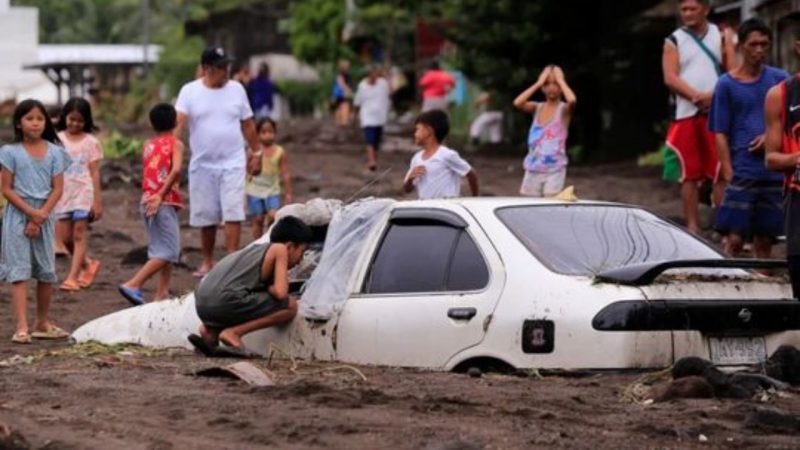MANILA — Rescue operations accelerated Friday (25 Oct 2024) in the Bicol Region and in many parts of the country after Severe Tropical Storm Kristine (international name: Trami) triggered deadly floods, claiming over 20 lives.
Entire villages were submerged as torrential rains devastated southern Luzon, forcing evacuations and the declaration of a state of calamity in multiple areas.
Regional police reported 20 fatalities, primarily due to drowning and landslides. Bicol police chief BGen. Andre Dizon said the death toll could rise as rescue operations continued. Social media was critical in identifying those still in need of aid, according to police spokeswoman Luisa Calubaquib.
Kristine has affected more than 2 million people across several regions, with 1.67 million from Bicol alone. The National Disaster Risk Reduction and Management Council (NDRRMC) is working to validate casualty figures, while the Office of Civil Defense has confirmed 10 deaths so far.
The storm left widespread damage, with over 1,000 homes impacted, 92 completely destroyed, and nearly 300 roads and bridges rendered impassable. Authorities declared a state of calamity in at least 18 municipalities, and nearly P22 million in aid has been distributed to affected families.
Heavy rainfall—amounting to a month’s worth in just 24 hours—struck Camarines Sur and Legazpi City particularly hard, prompting the evacuation of more than 30,000 residents.
In the provinces of Quezon, Naga, and the capital region, additional casualties were reported, including an elderly woman and a child who were swept away by floodwaters.
The Philippine Coast Guard issued a maritime advisory due to disrupted operations across 136 ports, affecting nearly 9,000 passengers and causing widespread delays.
Dam releases in several regions were ordered to prevent overflows, while power outages affected close to 400,000 customers in southern Luzon and parts of Metro Manila.
Despite Kristine weakening as it moved across Northern Luzon, warnings remained in effect for several provinces. The storm marks the latest in a series of destructive weather events increasingly linked to climate change, which has contributed to faster intensification and longer-lasting storms over land.
Authorities continue to coordinate efforts to provide relief and ensure swift recovery, with many communities still reeling from the storm’s aftermath.
ia/mnm







